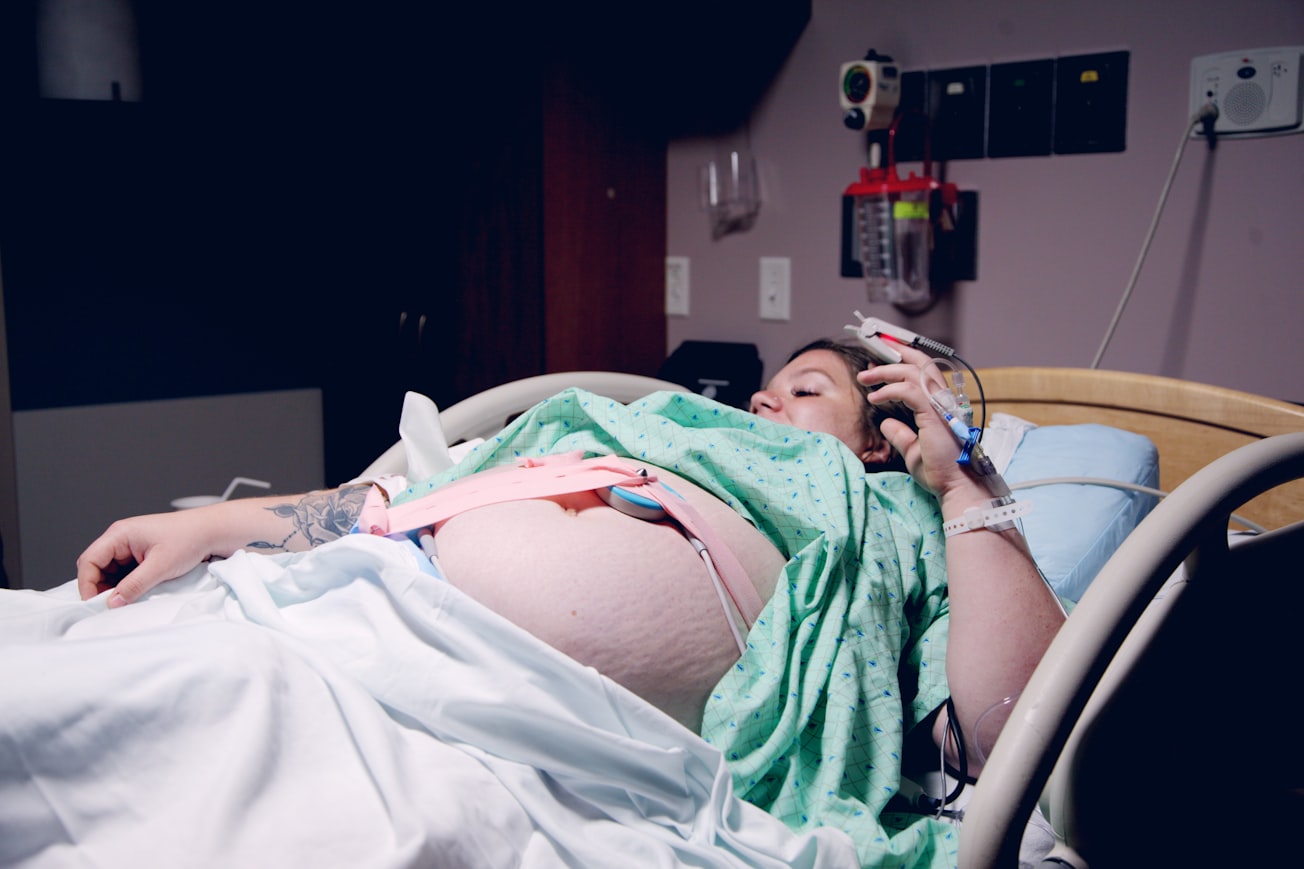What is it about?
Plain language summary The use of cesarean section (CS)—an important life-saving means of child delivery for pregnant women—is on the rise in many low and middle-income countries around the world. In Nigeria, the population-based prevalence of CS is substantially lower than the minimum threshold recommended by the World Health Organization. This low prevalence may signal unmet needs for life-saving maternal-child health care services in the country. Nationally representative studies on CS and factors associated with the mode of delivery are lacking in Nigeria. Hence, the present study aims to estimate the prevalence and identify factors associated with CS in Nigeria by analyzing data from a population-based national survey in the country. Our findings indicate that 659 (2.1%) out of the total of 31,171 deliveries included in this study were through CS. The prevalence of CS differs along rural-urban residence, region of residence and socioeconomic status in the country. Specifically, women in urban areas (4.0%), South-West region (4.7%) as well as those in rich households (4.5%) had a higher prevalence. Multiple births (6.4%), maternal obesity (6.9%) and access to health insurance coverage (10.0%) were similarly associated with a higher prevalence of CS. Factors associated with increased chances of utilizing CS included residence in urban areas, having an educated husband, delivering a large sized baby, having multiple births. Also, women giving birth for the first time, those who were obese as well as those who attended at least four times antenatal services had increased likelihood of utilizing CS services. Our study revealed a low prevalence of CS in Nigeria which indicates an unmet need in maternal-child health care services in the country.
Featured Image

Photo by Sharon McCutcheon on Unsplash
Why is it important?
Caesarean section (CS) is critical to improving maternal-child health in Nigeria given its life-saving potential vis-à-vis the prevailing poor maternal and new-born indices in the country. We note the lack of nationally representative evidence on this crucial subject in the country. Our findings reveal a low population-based prevalence of CS suggesting unmet needs in maternal and child healthcare in Nigeria. We identified a range of geographic and socioeconomic factors associated with poor utilization of the service which should be prioritized in interventions aimed at improving maternal-child health in the country.
Perspectives
Intervention efforts for improved use of life-saving CS would need to prioritize underserved women in rural areas, those in the Northern regions as well as those in poor households. Increased antenatal attendance and provision of health insurance coverage, among other factors, are recommended implementable interventions.
Emmanuel O Adewuyi
Queensland University of Technology
Read the Original
This page is a summary of: Cesarean delivery in Nigeria: prevalence and associated factors―a population-based cross-sectional study, BMJ Open, June 2019, BMJ,
DOI: 10.1136/bmjopen-2018-027273.
You can read the full text:
Resources
Contributors
The following have contributed to this page










